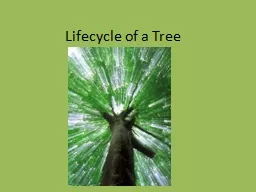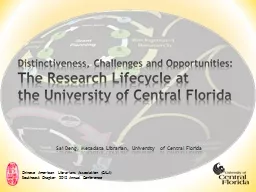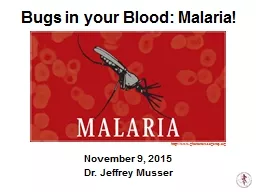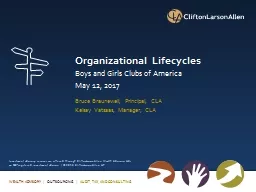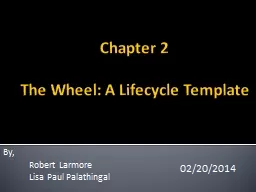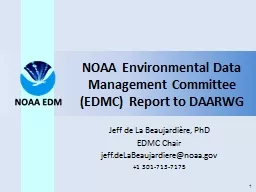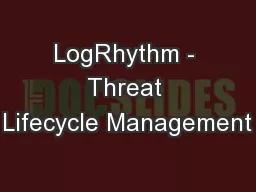PPT-Lifecycle of a Tree
Author : test | Published Date : 2016-07-15
Lifecycle of Trees How to Measure amp ID Week 1 Day 3 It is important that students understand the biology of trees to further be aware of trees role in the ecosystem
Presentation Embed Code
Download Presentation
Download Presentation The PPT/PDF document "Lifecycle of a Tree" is the property of its rightful owner. Permission is granted to download and print the materials on this website for personal, non-commercial use only, and to display it on your personal computer provided you do not modify the materials and that you retain all copyright notices contained in the materials. By downloading content from our website, you accept the terms of this agreement.
Lifecycle of a Tree: Transcript
Download Rules Of Document
"Lifecycle of a Tree"The content belongs to its owner. You may download and print it for personal use, without modification, and keep all copyright notices. By downloading, you agree to these terms.
Related Documents

